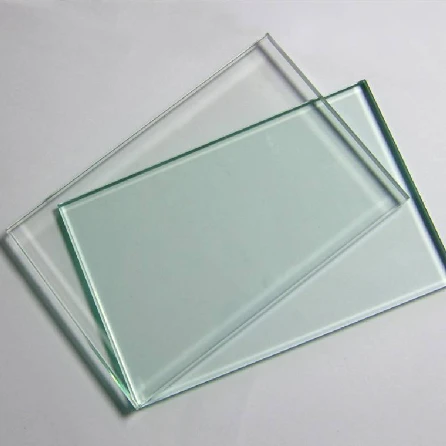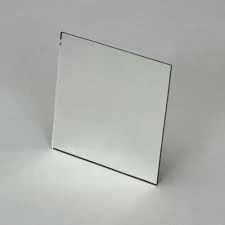Tempered glass is often considered the stalwart of safety and durability in numerous applications, ranging from automotive industries to architectural innovations. Its production involves thermal and chemical processes that immensely enhance its strength compared to standard glass. Yet, an exploration beyond its fundamental virtue reveals not just a singular product, but distinct types serving unique purposes and offering unparalleled advantages.

The most prevalent type of tempered glass is the fully tempered glass. Known for its robust nature, it undergoes a rigorous thermal tempering procedure that fortifies it four to five times stronger than standard glass. When fractured, it disintegrates into small, blunt pieces that reduce the risk of injury, making it ideal for applications such as windows, doors, and furniture in residential or commercial settings.
A close sibling to fully tempered glass is heat-strengthened glass. This type isn’t as strong as fully tempered glass but still holds double the strength of regular glass. It endures high thermal stress and is less susceptible to spontaneous breakage attributed to nickel sulfide inclusions. The controlled breakage pattern—large shards rather than granular pieces—makes it a choice product for areas where partial breakage without entire disintegration is preferable, useful in facades and spandrel areas.

Laminated tempered glass emerges as a synthesis of tempered glass strength and laminated safety. These glasses contain a layer of polyvinyl butyral (PVB) between two glass sheets. The lamination prevents the glass from shattering upon impact, offering unmatched security where protective barriers are paramount, such as in car windshields and shopfronts. Its sound insulation properties also enhance its use in acoustic-sensitive environments.
For those with an inclination toward energy efficiency, there exists low emissivity (Low-E) tempered glass. Coated with layers that reflect infrared and ultraviolet rays while permitting visible light passagem, Low-E glass excels in reducing energy costs by maintaining indoor temperatures. It strikes a balance between protecting interiors from excessive heat during summer while retaining warmth in winter, rendering it favorable in geographic regions with harsh climate variations.
types of tempered glass
Borosilicate tempered glass, often underestimated, is a testament to chemical resilience and extreme thermal endurance. Comprising silica and boron trioxide, it withstands significant temperature differentials without cracking. Additionally, its resistance to chemical corrosion makes it invaluable in laboratory settings and chemical industries demanding stringent safety standards.
Patterned tempered glass combines aesthetic allure with functional benefits. While offering privacy through its textured patterns, it also allows light to filter through—perfect for ornamental purposes without compromising on safety, frequently seen in bathroom door applications or decorative partitions.
Screen-printed tempered glass captures the imagination with decorative patterns directly applied to the glass surface. Mainly used in interior designs or as facade components, the screen-print not only embellishes but also shields the glass from solar glare, contributing to both beauty and functionality.
The meticulous selection of tempered glass types by architects, designers, and engineers not only embodies functionality and safety but also elevates the environmental performance, aesthetic value, and commercial viability of projects. By understanding the nuances and capabilities inherent to each type, professionals better specify the exact tempered glass that aligns with desired performance goals and aesthetic inclinations. Thus, tempered glass transcends its role as a mere safety glass—emerging as a versatile cornerstone in modern design and construction, promising durability, efficiency, and elegance.



